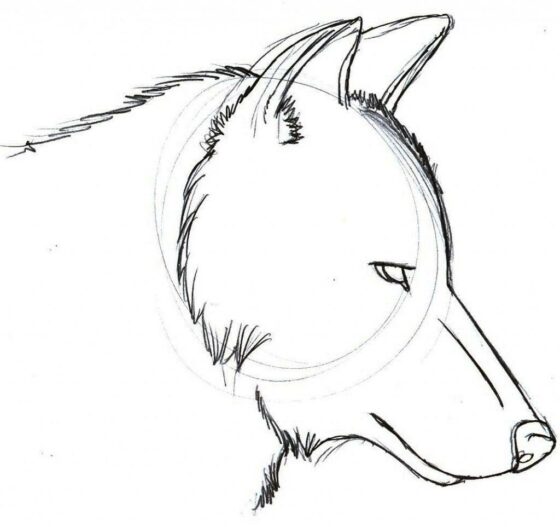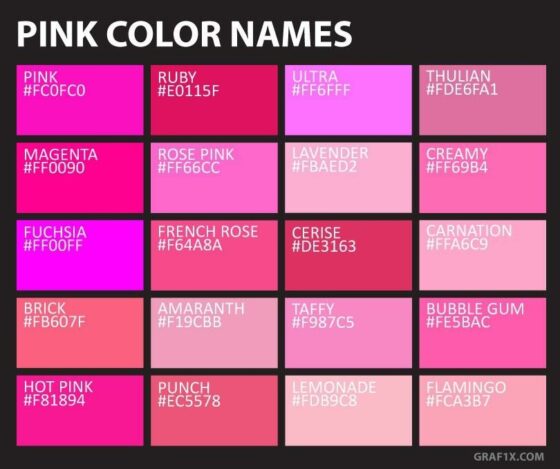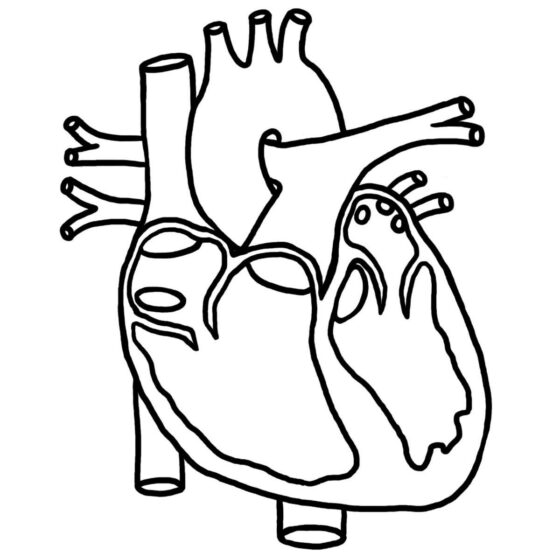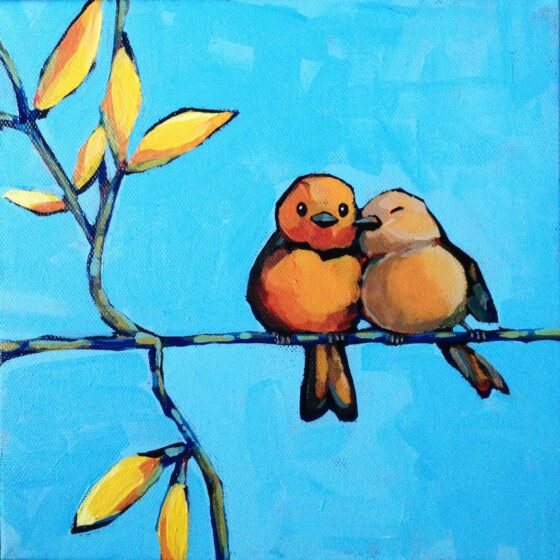If you’re looking for a fun and satisfying hobby, have you considered starting to draw on paper? It’s a fantastic method of unleashing one’s imagination. And I have the ideal painting primer for you if you’re just getting started.
It covers everything, from preparing your board to adding those finishing touches. You’ll be a pro in no time. If you’re into art or just want to get better at it, this guide is totally for you! Let’s dive right in and discover the essential elements for a perfect canvas painting.
The Best Type of Canvas for Beginners
Canvas panels or boards are a popular choice for people who are just starting out. They are cheap, easy to find, and give you a strong surface to practice drawing on. Typical canvas sizes also make mistakes easier to fix because they have a stable, flat surface.
Considerations
If you’re new to canvas purchasing, look for them.
- Texture of Canvas
Think about the feel of the medium. Some canvases have a rougher surface called a “tooth,” which can make the painting look more interesting and help the paint stick to it. Some have a smoother surface, making them look more finished and detailed.
- Choose for Yourself
The paper you pick depends on your preferences and the artwork’s style and purpose. To discover the right canvas for their style and purpose, artists must experiment.
Material and Equipment
Gather the right things and tools to get off on the right foot:
- Canvas
Pick a size that works for your job. Canvases that have already been stretched are ready to use, while canvas boards need extra support.
- Brushes
Invest in a range of brushes with different sizes and shapes to get different results.
- Paints
Fabrics are often painted using acrylic paints due to their lightweight and rapid drying time.
- Palette
A palette is where you can mix your paints and keep them in order.
- Easel
An easel isn’t necessary, but it can make working easier.
Getting the Canvas Ready
Priming the fabric is an important step to make sure that the painting surface will be smooth and last a long time.
- Clean the Canvas
To clean your canvas, just grab a soft cloth or brush and gently remove any dust or dirt. Easy peasy!
- Put on the Primer
Use a wide brush or roller to spread a layer of gesso primer evenly over the whole surface of the paper.
- Let It Dry
Follow the guidelines on the can to let the paint dry fully. It usually takes no more than a few hours.
Sketching and Putting It Together
Spend some time drawing and planning the design before you start painting:
- References
Find pictures or sketches that will help you paint.
- Move the Sketch
Use a pencil to lightly draw the main parts in black and white drawings on the board that has been prepped.
- Change the Way It Looks
Try putting things or parts in different places until you’re happy with the order.
Building Colors and Adding Layers
Now it’s time to add color to your board and make your picture come to life.
- Start with an Underpainting
Use a thin layer of paint to set the general tone and color scheme of your painting.
- Layering
Build up the colors gradually, starting with lighter shades and going towards darker ones. Let each layer dry before putting on the next one.
- Blending and Mixing Colors
You can blend and mix colors on the board by using brush movements, a palette knife, or even your fingers.
Adding Details and Texture
Details and texture can make your picture more interesting to look at. Here are some ways to put them to use.
- Include Detailing
Add fine details, like facial features or complex patterns, with smaller brushes or even a fine-liner pen.
- Texture Techniques
Try out different ways to add texture and depth to certain parts of your drawing, such as stippling, dry brushing, or palette knife lines.
Contrast and Perspective
Highlights, shadows, and depth are key to creating a convincing three-dimensional image.
- Lighting
Consider the source of your brightness to determine which areas of the space will be highlighted and which will be cast in shadow.
- Highlighting
Use lighter paint colors to emphasize areas that are directly illuminated by the light source.
- Shadows
To make shadows, use deeper tones and consider the angle and strength of the light while doing so.
Completing the Task
Finish your fabric drawing like a professional by doing the following.
- Sign Your Name
Write your initials or a name in the upper corner of your artwork using a fine brush or pen.
- Finalize the Artwork
When your artwork is completely dried, use a finish to shield it from dirt and sunlight, as well as to enhance the colors. Read the label before applying varnish.
Mistakes to Avoid
Watch carefully for them as you start painting. As an art beginner, you need to know a few things to improve your experience and prevent frequent blunders. Start sketching with these key considerations.
- Choosing the Right Materials
Spend money on paints, brushes, and surfaces of good quality if you want better results.
- Try Various Paintbrushes
Various kinds and sizes of brushes create different effects, so try a bunch of them to find your favorite.
- Think About the Canvas
Stretched canvases, canvas boards, and even canvas paper all have their own benefits and are good for different ways of drawing.
- Prepare Your Desk
Make sure your desk has enough light so you can see colors clearly and don’t strain your eyes.
- Put Your Things in Order
Keep your paints, brushes, and other tools close by so you can keep working smoothly.
- Take Care of Your Environment
Put down a drop cloth or some old newspapers to catch any spills or spots that might happen.
- How to Create New Colors
Discover how to blend primary colors (red, blue, and yellow) to create secondary and tertiary hues.
- Color Theory
Understand how warm and cool colors affect the mood and depth of your works.
- Harmonizing Colors
Try different color schemes, such as complementary, similar, or neutral, to make compositions that look good.
- Start with Simple Subjects
It will not only boost your confidence but also serve as the perfect pace.
- Stationary Objects
Use still life, easy, or cute drawings to get started. Working on simple themes lets you concentrate on learning the basics and getting a feel for forms, angles, and light.
- Slow Advancement
Gradually move on to more difficult themes. As your confidence grows, try more complicated arrangements, landscapes, or images to push yourself.
- Getting the Hang of Brush Techniques
Try out different brush strokes. Try different kinds of lines, like flat, round, and fan, to make different shapes and effects.
- Keep Your Brush in Check
Change the pressure, angle, and speed of the brush to make the lines or shapes you want.
- Mix and Stack
Learn how to mix colors smoothly and stack them to give your images depth and volume.
- Be Patient and Practice
Embrace the process of learning. Painting is a journey, so be kind to yourself and give yourself room to improve.
- Keep Practising
Set aside regular time to work on your drawing skills. You can improve your painting skills by practicing often.
- Make Mistakes
Embrace the opportunity to grow from your mistakes; don’t dwell on the past. Instead, look at them as chances to grow and learn.
- Look for Inspiration and Learn from Others
Try out different styles. Explore the work of other creatives and experiment with various approaches to creating your own voice.
- Go to Classes or Workshops
Join painting lessons or sign up for art classes to learn from more experienced artists and see things from a different point of view.
- Get in Touch with the Art World
Talk to other artists, show them your work, and ask for helpful criticism to improve your skills.
Just a quick reminder that drawing is all about expressing your creativity. Before you know it, your stuff will have your own special flair. So, have fun drawing!
FAQ
Can I paint right on a board that hasn’t been primed?
Yes, you can paint on a board that hasn’t been primed, but priming it with gesso makes it easier for the paint to stick and keeps it from getting worse over time.
How long does it take for paint made with acrylic to dry on canvas?
Enjoy the fast-drying power of acrylic paint, typically within just a few hours or less, depending on its thickness and environment.
Conclusion
Congratulations on finishing the guide for beginners for a perfect canvas painting. We hope that each stage has taught you something new that will help you create your own art. Don’t forget to practice, try out new things, and, most of all, have fun with your canvas drawings.
Nurture your creativity and let your ideas flourish. Allow your paintings to serve as a beautiful reminder of your artistic journey and how much you’ve accomplished. Happy drawing!







